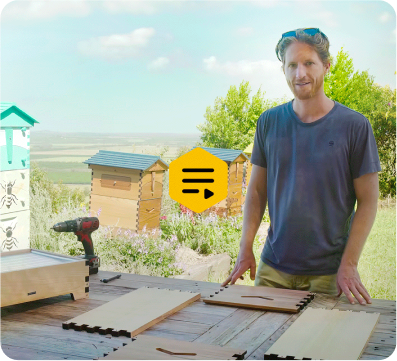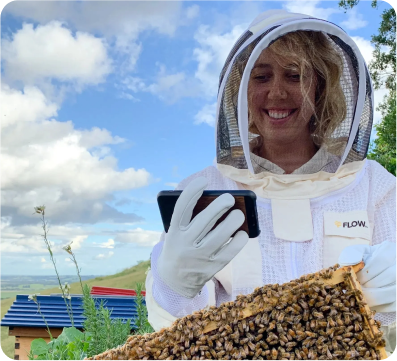Your Cart is Empty
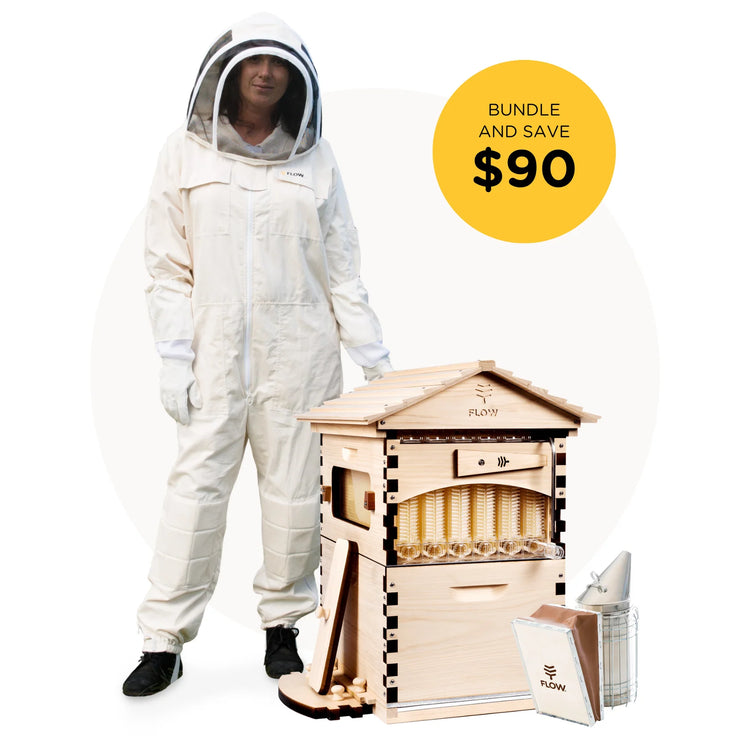
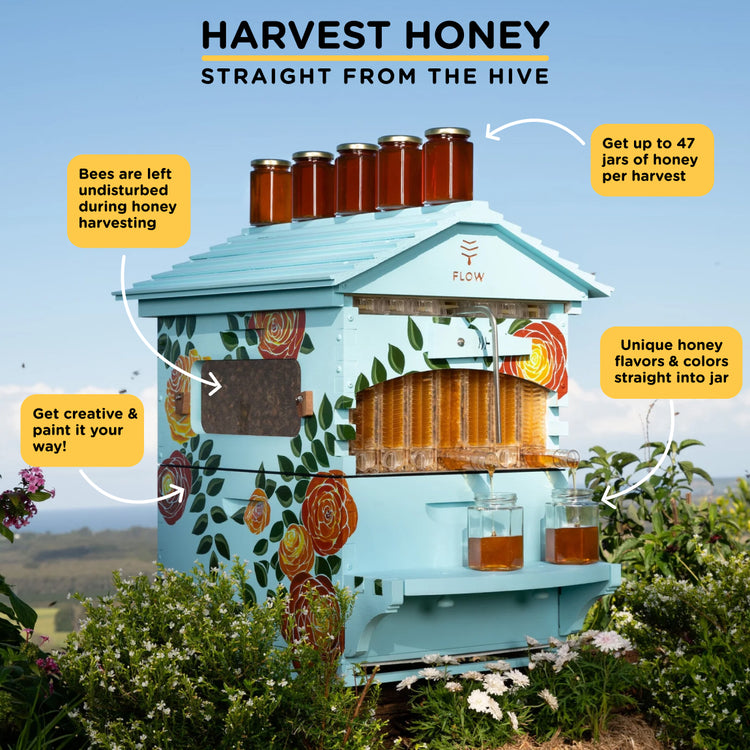
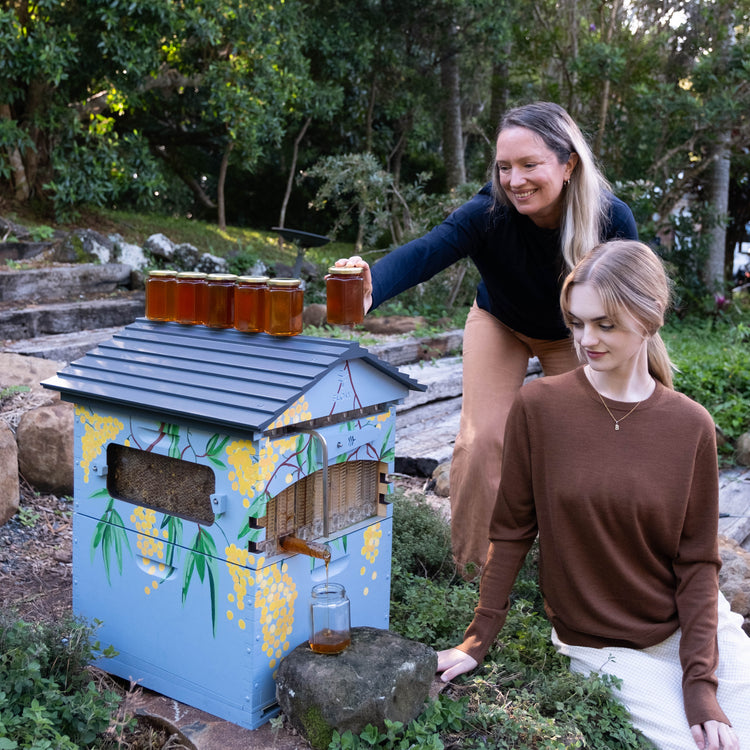
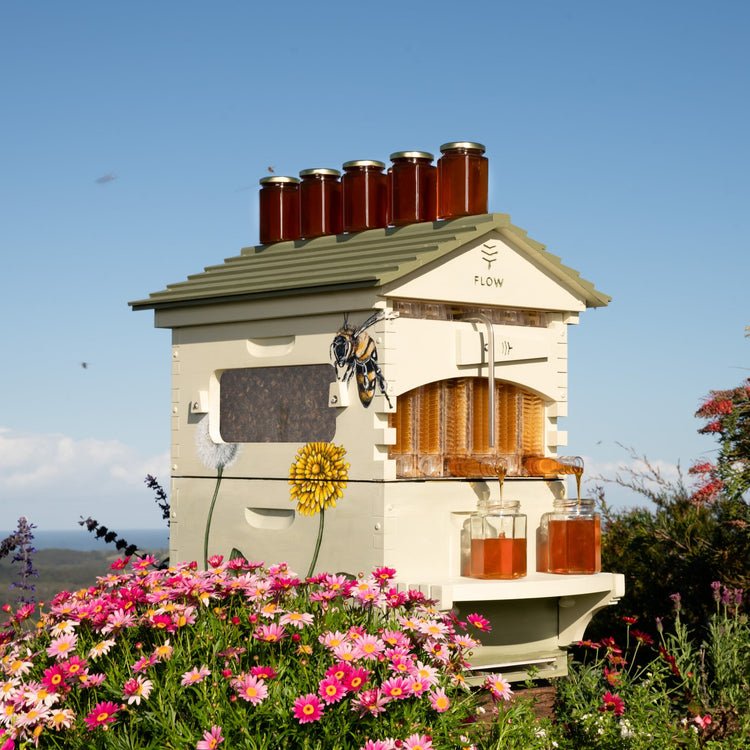
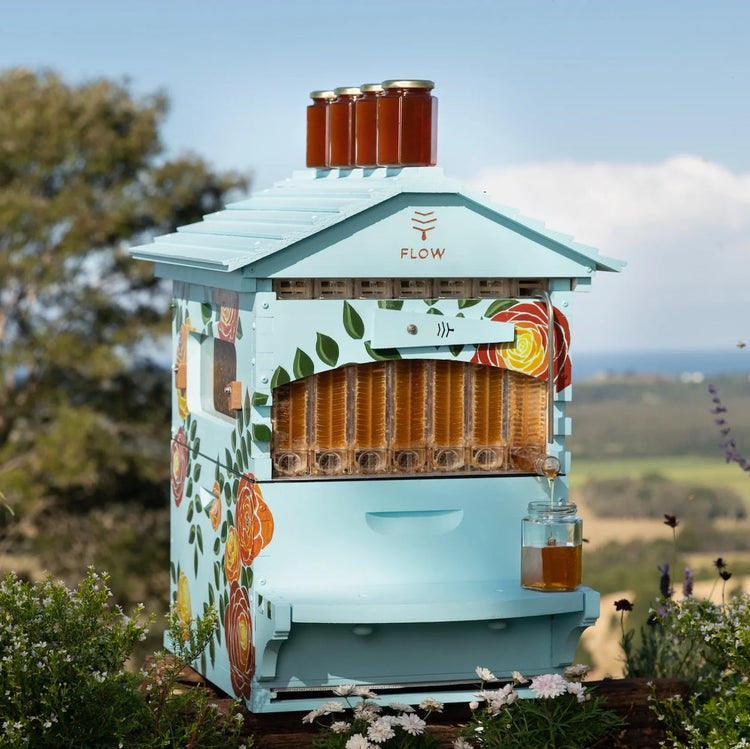
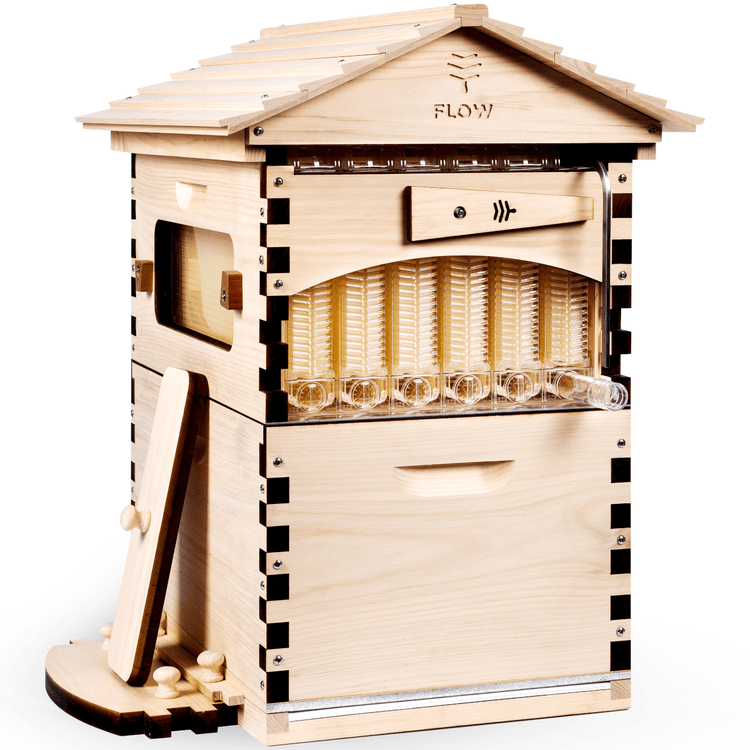
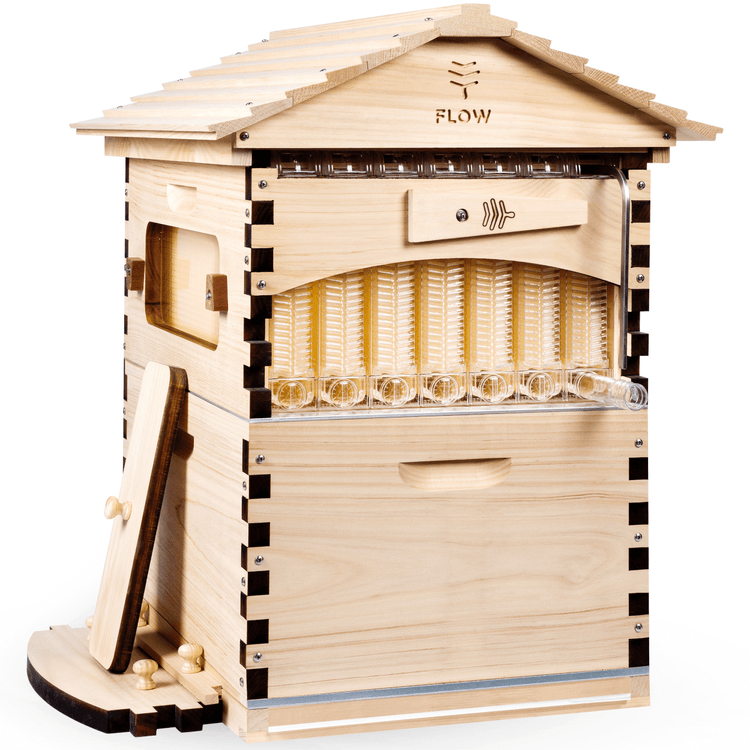
Step 1:
Get our Starter Bundle
Experience the award-winning invention that lets you harvest honey straight from the hive. Choose your suit size, then click ‘ADD TO CART’ to get started today. Learn more.
What you’ll receive
- Flow Hive Classic
- Organic cotton bee suit
- Beekeeping gloves
- Flow Smoker
US $728 - US $798US $818 - US $888
Why is fall a great time to start?
Late Season Swarms
Bees sometimes swarm in fall providing an opportunity to start your first colony.
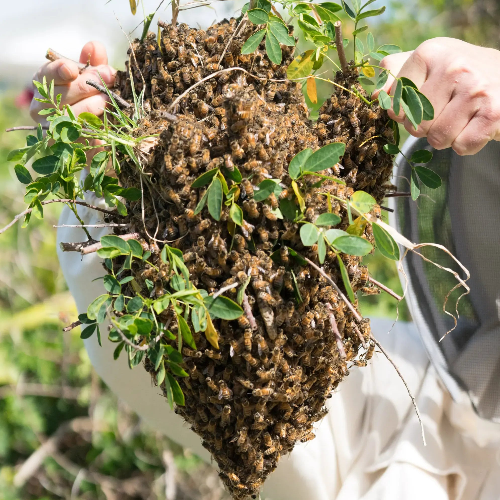
Get Planning
With plenty of time before peak beekeeping season arrives, fall is a great time to choose a hive and learn about beekeeping.
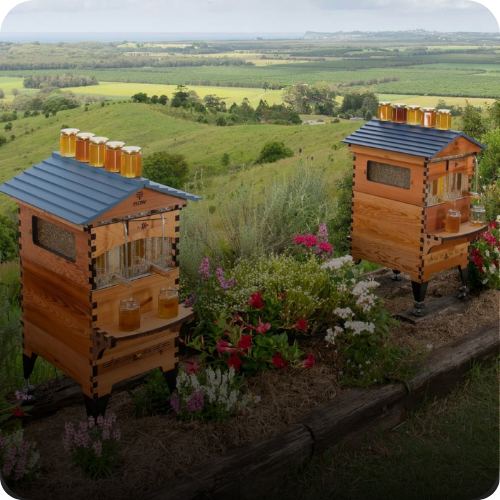
Special Offer
Take advantage of our fall offer and get a sweet saving on a Starter Bundle.
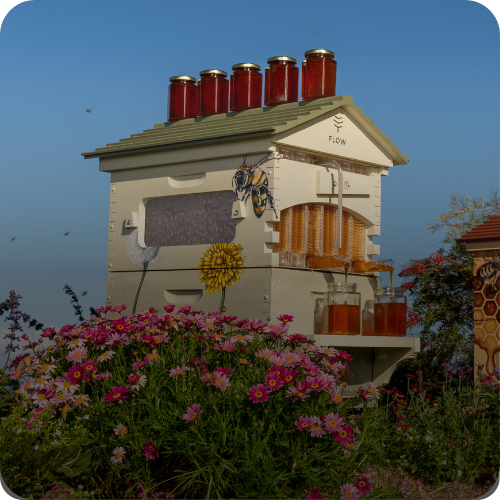
Find a Friend
Connect with an experienced mentor this fall to receive personalized guidance and support throughout your beekeeping journey.
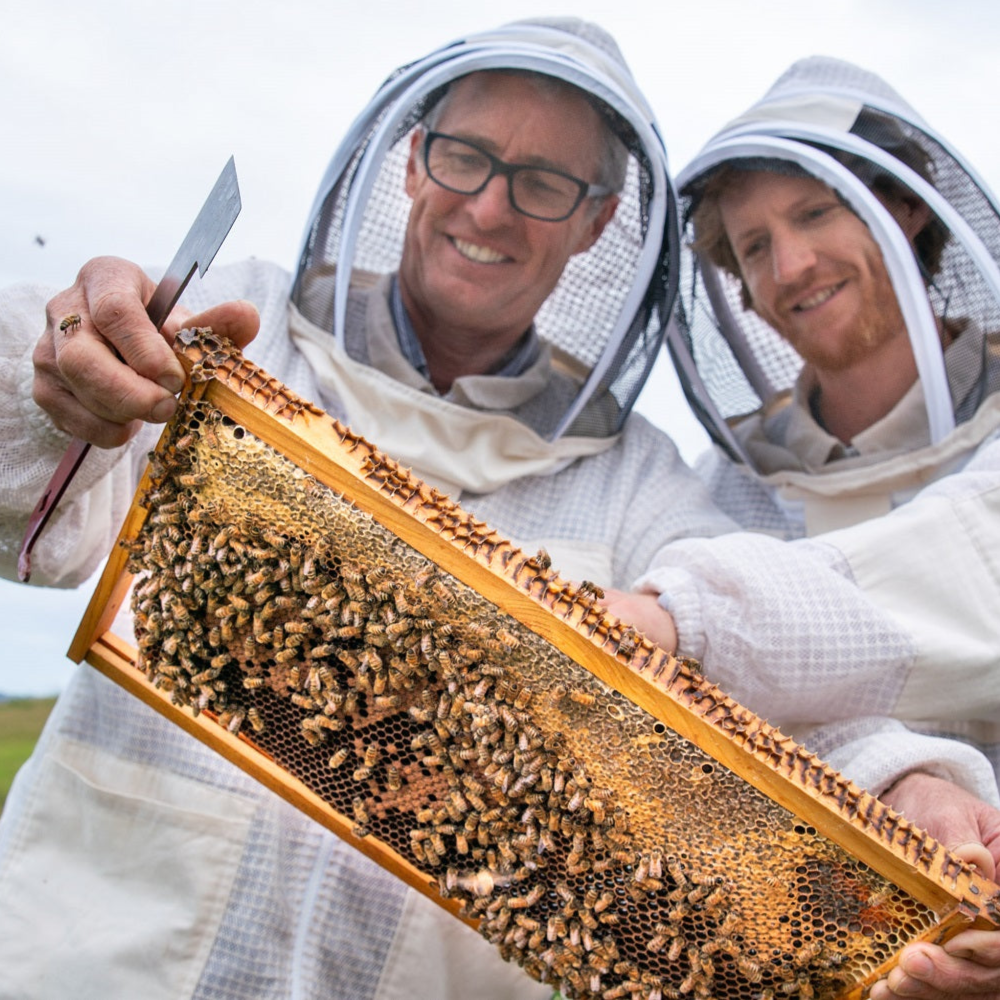
Download our free beginner guide
Ready to take the first step? Learn beekeeping terminology – from queen excluders, to drone bees and all the parts of a beehive – by downloading our simple PDF guide to beekeeping to start your journey today.
We're here to support your beekeeping journey!
You can connect with our team via phone, email, live chat or through our social platforms. Cedar even answers your questions live streamed from the apiary every Wednesday. Catch him this week on YouTube and ask your fall beekeeping questions!
Meet the Beekeepers
From Alaska to California, take a walk in another beekeeper’s shoes and see how beekeeping has shaped their lives.
What happens next?
-
Building a new home for your bees is an exciting part of your beekeeping journey.
It’s best to take your time and ensure that you get your assembly right.

-
It’s important to treat the timber on your hive to give it the best weather protection possible for your climate, especially the roof – it’s the first line of defence against the weather.
-
The good news is, you can keep a beehive almost anywhere! Especially a Flow Hive, as there is no need for additional processing equipment or for lugging heavy frames full of honey for harvesting.
From rooftops to balconies to backyards, it’s now possible to harvest honey directly from your hive.
Here are some tips to make sure your location of choice is good for you and for your bees.
-
An important part of getting your new hive up and running is ensuring that it’s registered*.
This step is a crucial part of becoming a beekeeper and helps protect our biosecurity.
*Check if your state or local county laws require registration

-
Part of beekeeping is ensuring you’re informed about things that may impact not only your bees but the wider beekeeping community, such as biosecurity.
From staying abreast of any industry news, to registering your hive, to knowing what to look for in terms of pests and diseases, understanding these practices now will set you up for success moving forward!
It is important to understand some basic safety guidelines to ensure that your beekeeping experience is a safe and positive one.Check out this Flow sponsored safety pamphlet covering common beekeeping safety risks and first aid responses.


















